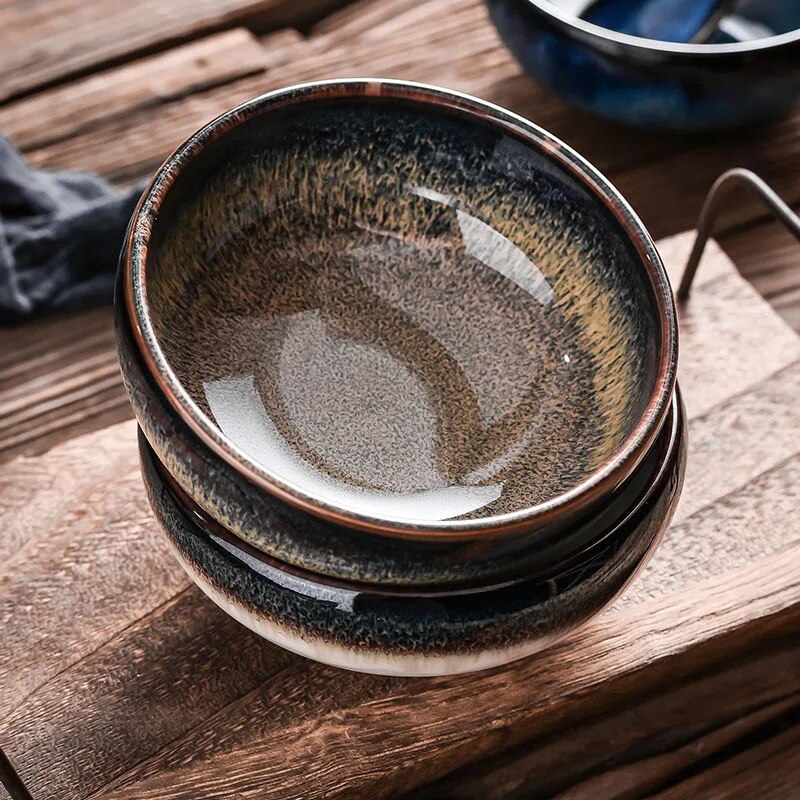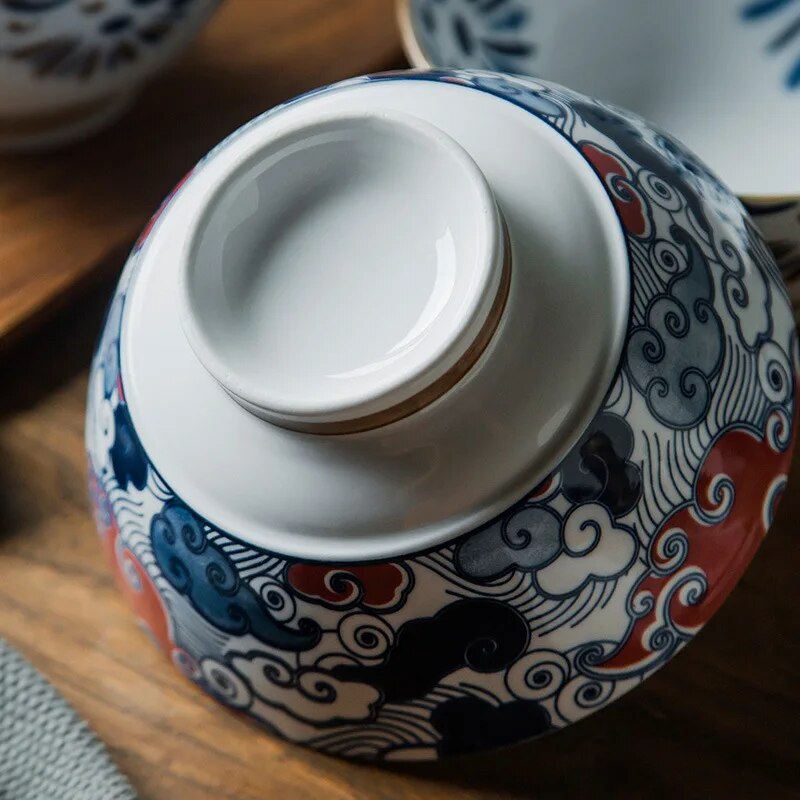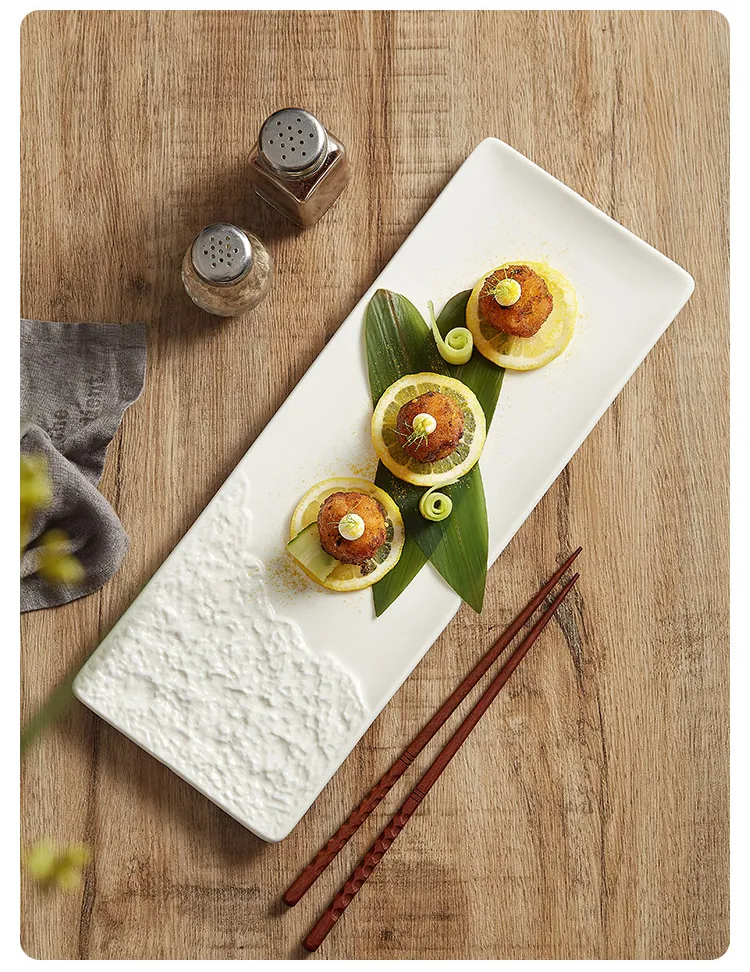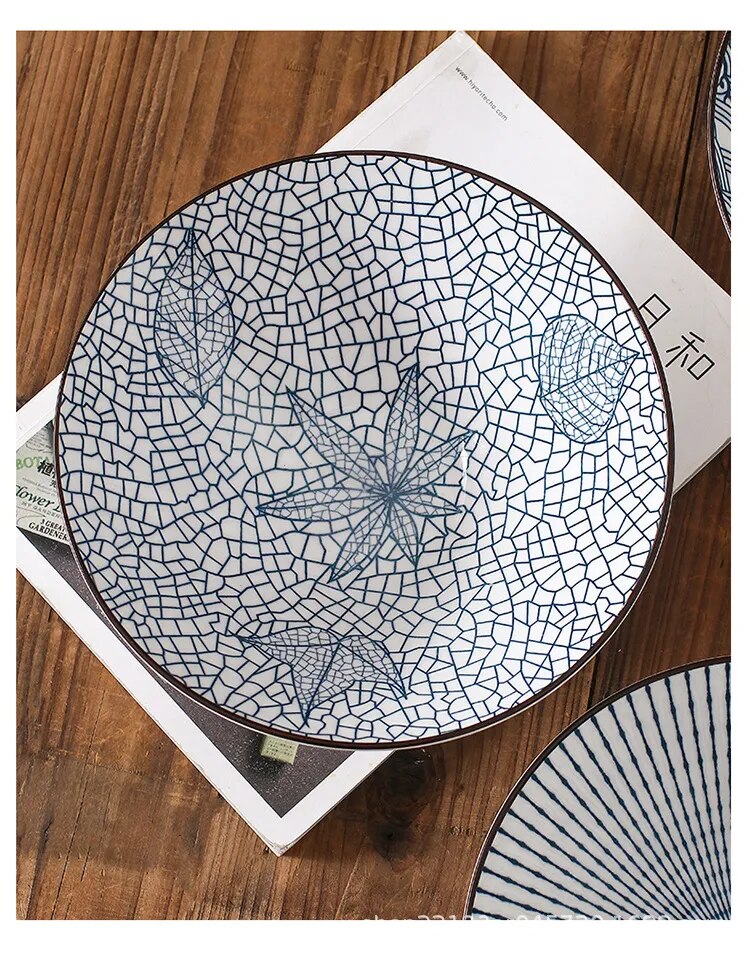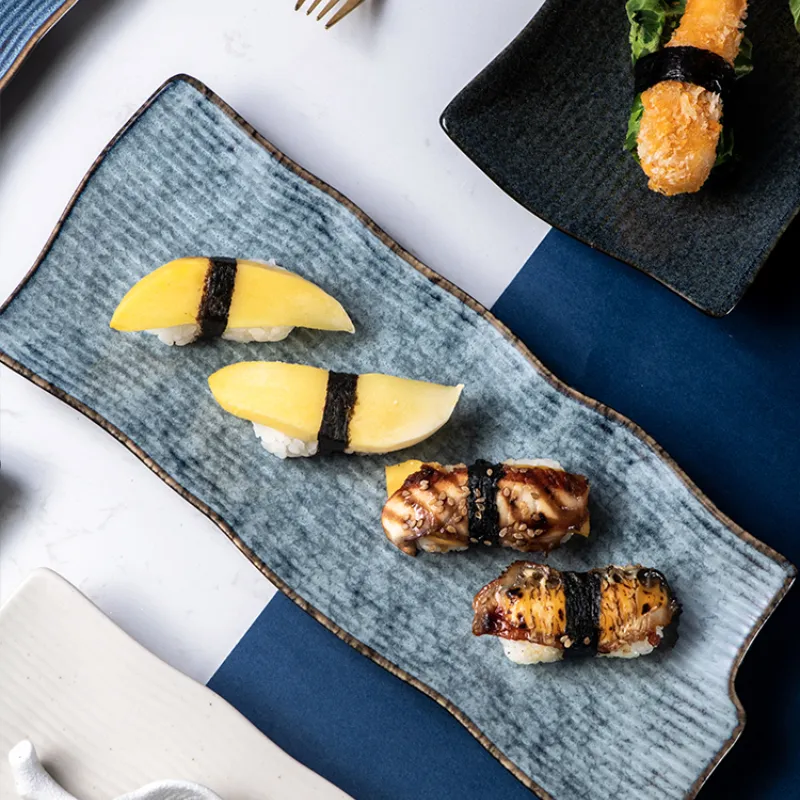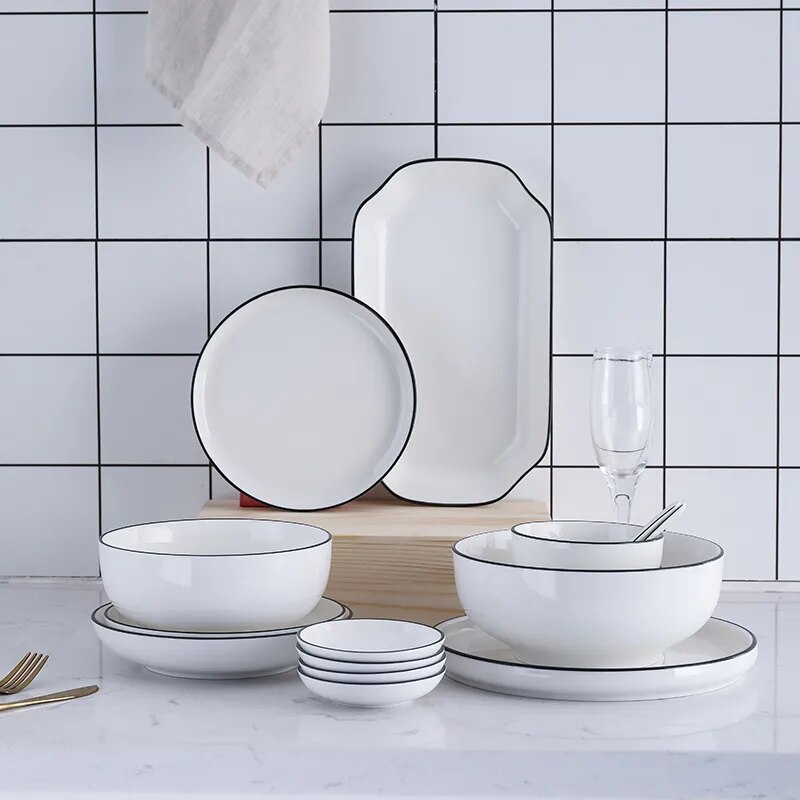
Asian plates are more than just tableware—they’re works of art that embody centuries of culture, tradition, and craftsmanship. Whether you’re hosting a dinner party or enjoying a quiet meal at home, these ten trends in Asian plates will transform your dining experience into a culinary journey. Delve into these details and discover how to infuse your table with the beauty and elegance of Asian design.
1. Timeless Blue and White Porcelain:
Blue and white porcelain, with its intricate patterns and delicate motifs, has been a symbol of Asian craftsmanship for centuries. Whether adorned with traditional landscapes, floral motifs, or geometric patterns, blue and white plates add a touch of elegance and sophistication to any table setting.
2. Earthy Stoneware:
Earthy stoneware plates in neutral tones bring a rustic charm to the table, evoking the warmth and simplicity of Asian pottery traditions. With their natural textures and organic shapes, stoneware plates add a sense of authenticity and warmth to your dining experience.
3. Minimalist Ceramic Plates:
Minimalist ceramic plates in sleek shapes and understated colors offer a modern interpretation of Asian design. With their clean lines and simple aesthetics, these plates create a serene and contemporary dining atmosphere, allowing the beauty of your food to take center stage.
4. Artisanal Hand-Painted Plates:
Artisanal hand-painted plates showcase the skill and creativity of Asian artisans, with each plate bearing unique patterns and designs. Whether inspired by nature, mythology, or traditional motifs, hand-painted plates add a sense of artistry and individuality to your dining table.
5. Elegant Celadon Plates:
Celadon plates, with their distinctive pale green glaze, are prized for their understated beauty and timeless appeal. Whether in traditional round shapes or modern angular designs, celadon plates add a touch of sophistication and refinement to any dining setting.
6. Intricate Lacquerware:
Intricately crafted lacquerware plates, with their glossy finish and intricate designs, are a testament to the skill and artistry of Asian craftsmen. Whether adorned with mother-of-pearl inlays, delicate carvings, or vibrant colors, lacquerware plates add a sense of luxury and opulence to your dining experience.
7. Modern Japanese Plates:
Modern Japanese plates combine traditional craftsmanship with contemporary design elements, resulting in plates that are both functional and aesthetically pleasing. With their clean lines, minimalist aesthetics, and innovative materials, modern Japanese plates add a touch of sophistication to any table setting.
8. Vibrant Imari Plates:
Imari plates, with their bold colors and intricate patterns, are a feast for the eyes that reflect the rich history and cultural heritage of Japan. Whether adorned with floral motifs, mythical creatures, or geometric designs, Imari plates add a sense of drama and vibrancy to your dining table.
9. Functional Bento Boxes:
Bento boxes, with their compartmentalized design and portable convenience, are a staple of Japanese cuisine that offer a practical and stylish way to enjoy a meal on the go. With their sleek aesthetics and versatile functionality, bento boxes add a touch of modernity to your dining experience.
10. Handcrafted Bamboo Plates:
Handcrafted bamboo plates, with their natural textures and eco-friendly appeal, bring a touch of rustic charm to the table. Whether in traditional round shapes or innovative modern designs, bamboo plates add a sense of sustainability and authenticity to your dining experience.
Elevate your dining experience with these exquisite Asian plate trends that celebrate the beauty, craftsmanship, and cultural heritage of Asia.

